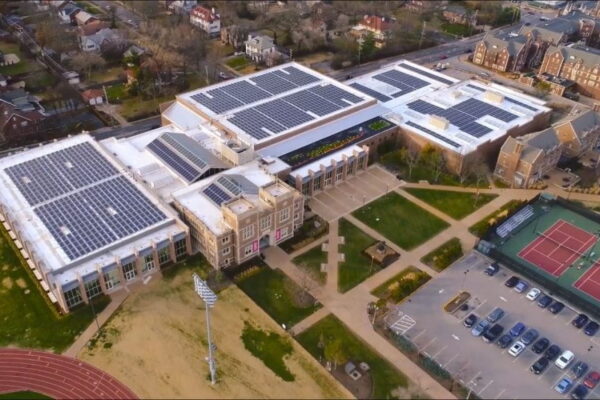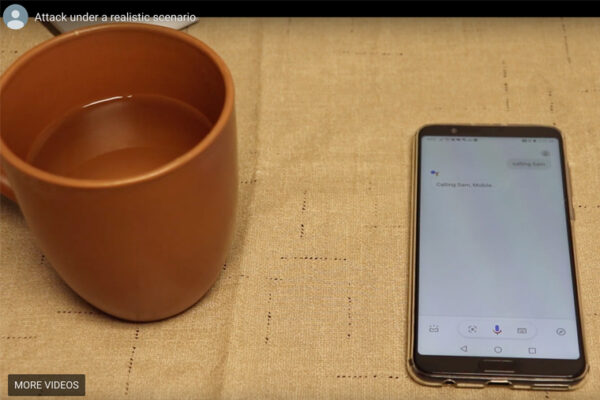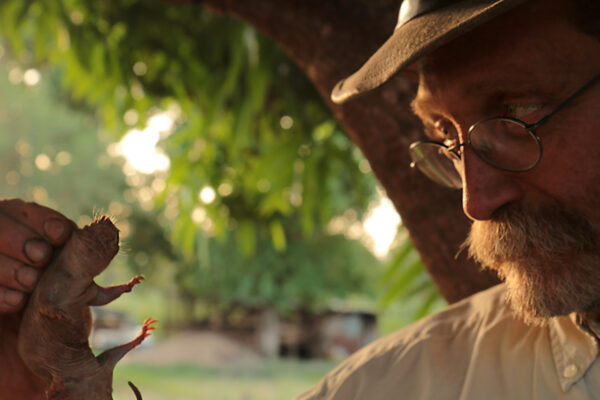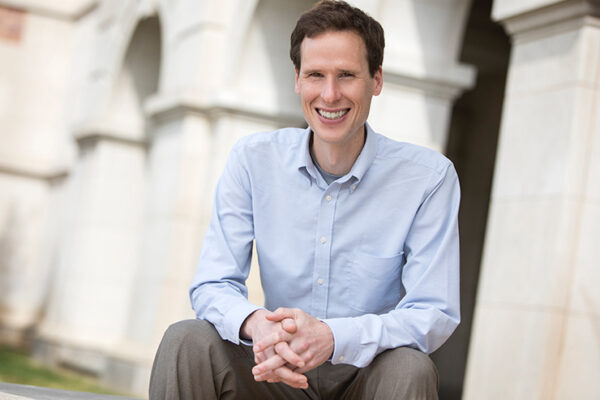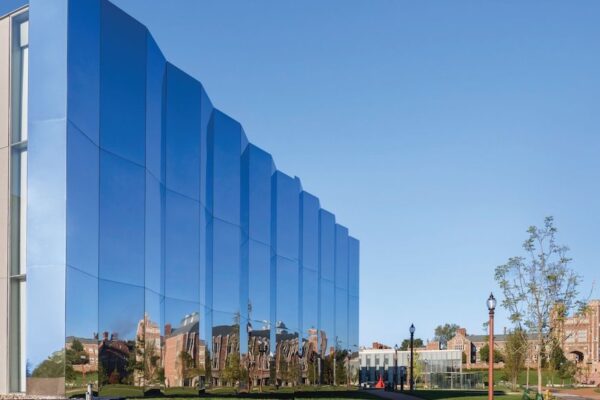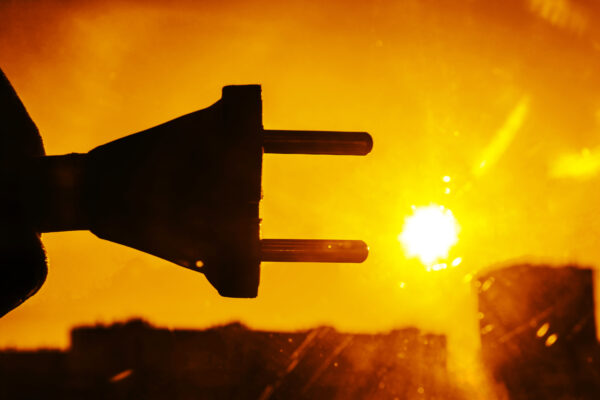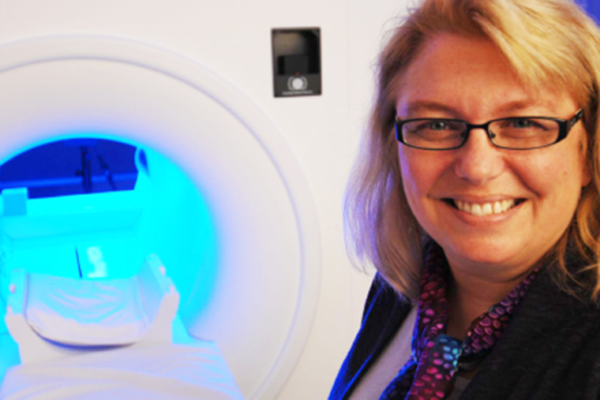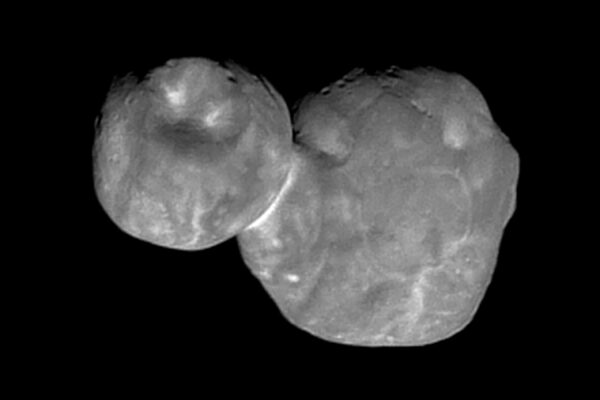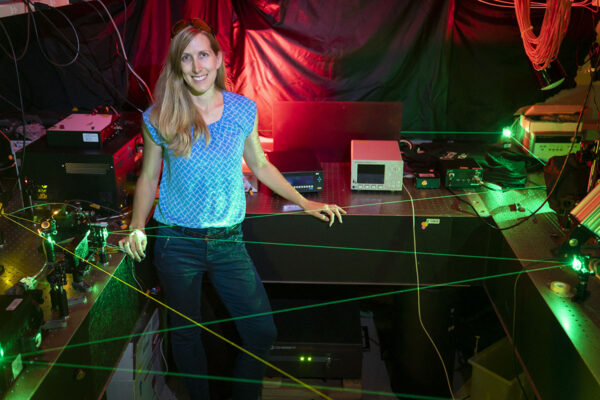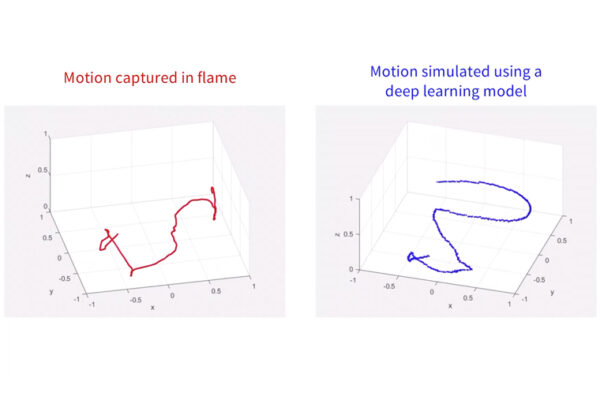Washington University ranks fifth in national sustainability
Washington University in St. Lous recently ranked among the top five green universities nationwide, according to the UI Green Metric.
‘Surfing attack’ hacks Siri, Google with ultrasonic waves
Using ultrasound waves propagating through a solid surface, researchers at Washington University in St. Louis were able to read text messages and make fraudulent calls on a cellphone sitting on a desk up to 30 feet away.
Tracking the migration of a naked mole rat
Stan Braude, a biologist in Arts & Sciences, published a new study in the African Journal of Ecology that considers the role of the moon in driving a particularly rare occurrence: the solo journey of a naked mole rat from one underground colony to start a new one.
WashU Expert: Ingredients for a virus to become a pandemic
In this video, Washington University in St. Louis’ Michael Vahey discusses what it takes for a virus such as the coronavirus to reach pandemic status.
East End Transformation lands cover of Architect magazine
Washington University in St. Louis’ East End Transformation, the iconic redesign of the eastern end of the Danforth Campus, is on the cover of February’s Architect magazine.
Walking the wire: Real-time imaging helps reveal active sites of photocatalysts
Nanoscale photocatalysts are small, man-made particles that harvest energy from sunlight to produce liquid fuels and other useful chemicals. A new imaging solution developed at Washington University in St. Louis reveals the significance of a particular structural feature — clusters of oxygen vacancies — in achieving high photocatalytic activity.
Barch elected to head AAAS psychology section
Deanna Barch, professor and chair of psychological and brain sciences in Arts & Sciences and the Gregory B. Couch Professor of Psychiatry at the School of Medicine, was chosen as the American Association for the Advancement of Science’s chair-elect of its Section on Psychology. She will begin her role as chair in February 2021.
Arrokoth close-up reveals how planetary building blocks were constructed
William B. McKinnon, professor of earth and planetary sciences in Arts & Sciences at Washington University in St. Louis, led one of three new studies that together provide a far more complete picture of the composition and origin of Arrokoth. The new research published in Science points to the resolution of a longstanding scientific controversy about how such primitive planetary building blocks called planetesimals were formed.
Lighting the molecular world
Directly seeing the workings of our world at nano- and molecular scale has largely remained an impossible task, left to theory and working assumptions. WashU alumna Jennifer Dionne, BS ’03, has made it possible and won one of science’s most prestigious award.
Predicting chaos using aerosols and AI
Using aerosols as ground truth, researchers at the McKelvey School of Engineering at Washington University in St. Louis have developed a deep learning method that accurately simulates chaotic trajectories — from the spread of poisonous gas to the path of foraging animals.
Older Stories
